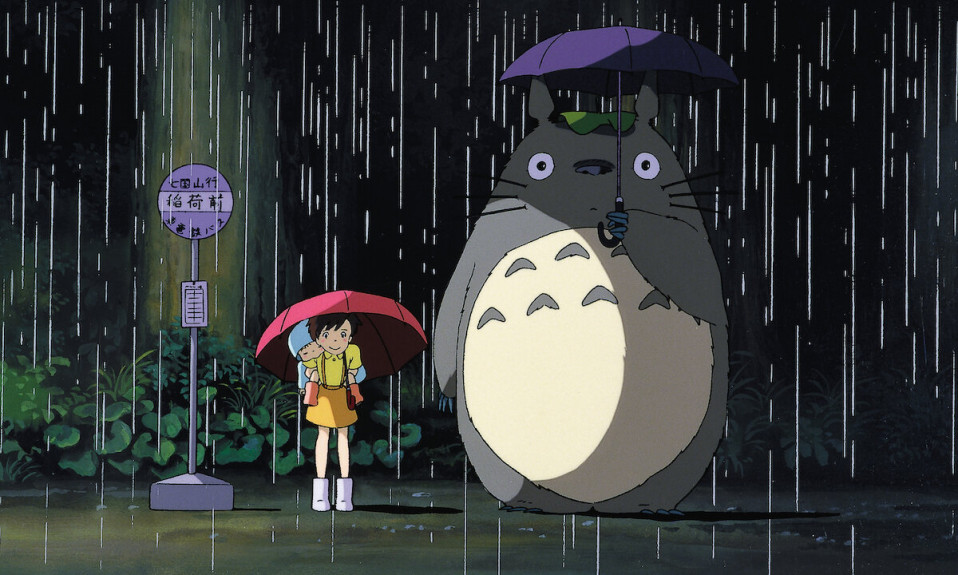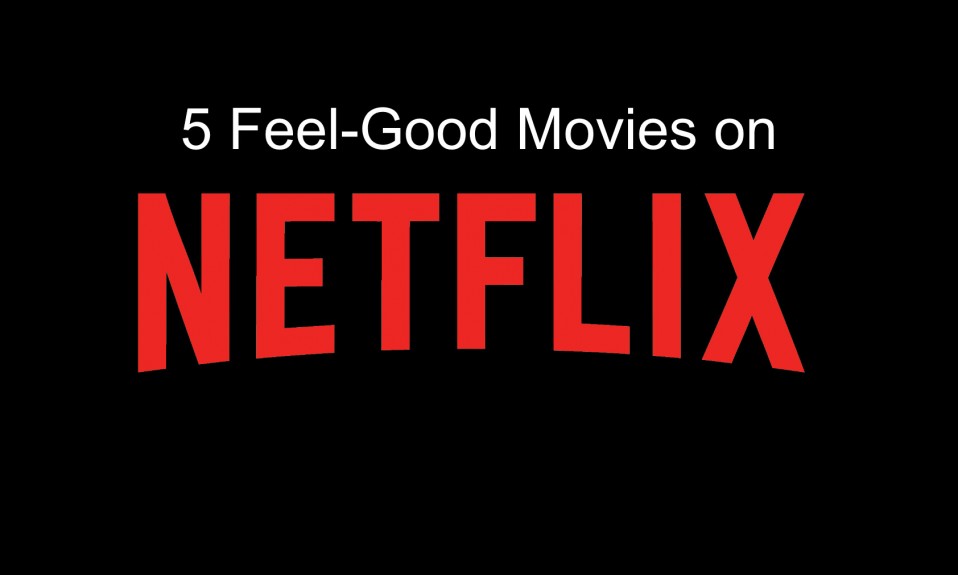When it comes to classic family films, Studio Ghibli is up there with the likes of Disney and Pixar. Despite being based in Japan, they have managed to find acclaim all over the world, not just in their native land. The character of Totoro has become a mascot for the studio, as well as a pop culture icon. Like a lot of anime, their releases are often dubbed into English for their release here, and while the subs v dubs debate will go on indefinitely, there is a strong case for Ghibli dubs. With the likes of Daisy Ridley, Christian Bale and Patrick Stewart lending their voices to the English language version.
Ghibli films have helped audiences get into foreign films as well as anime in general. With five of their films being in the ten highest grossing anime films made in Japan. It’s hardly a suprise that their history is almost as rich as their library
The Sky Is The Limit
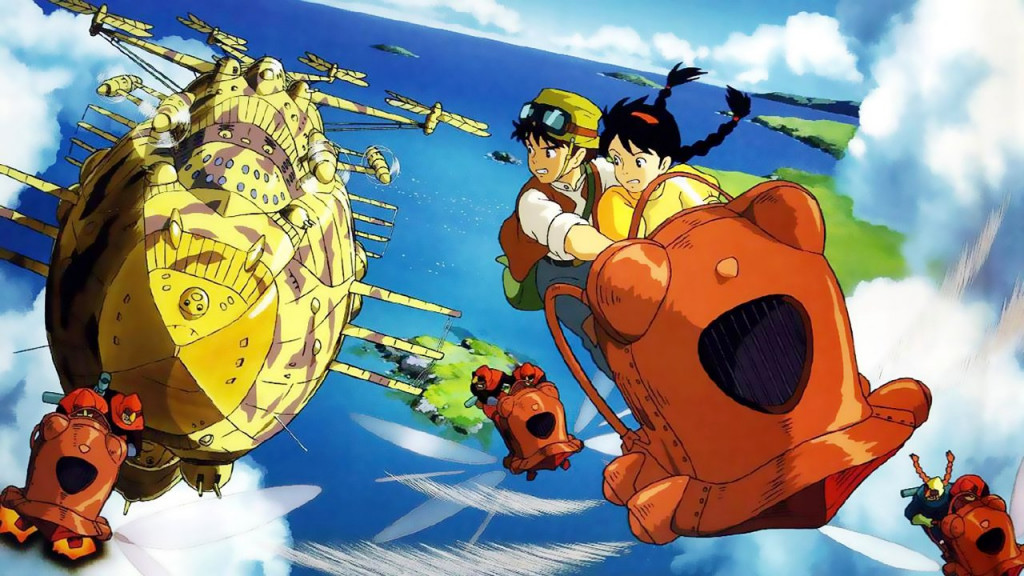
Although officially founded in 1985,1984’s Nausicaa of the Valley of the Wind is often considered to be the first Ghibli film due to the involvement of the three founders, Hayao Miyazaki, Isao Takahata, and Toshio Suzuki. The three were all successful in their own right but the response to Nausicaa prompted them to consider future projects together. Their first release as Studio Ghibli was Laputa: Castle In The Sky in 1986. Like most of Ghibli’s output, it was written and directed by Miyazaki, it’s success making the studio, and Miyazaki himself, as ones to watch.
1988 saw two releases, Grave of the Fireflies, a tragedy focusing on two small children during WW2, and My Neighbor Totoro, which follows two siblings and their interactions with the titular woodland spirit. The two films are very different, both in themes and animation style, with different directors telling different stories. Miyazaki, who directed Totoro was settling into a fantasy genre, while Takahata was focusing on more human stories. These respective trends continued throughout the nineties, which saw films like Kiki’s Delivery Service, Only Yesterday, Pom Poko and Princess Mononoke release.
Disney Deal
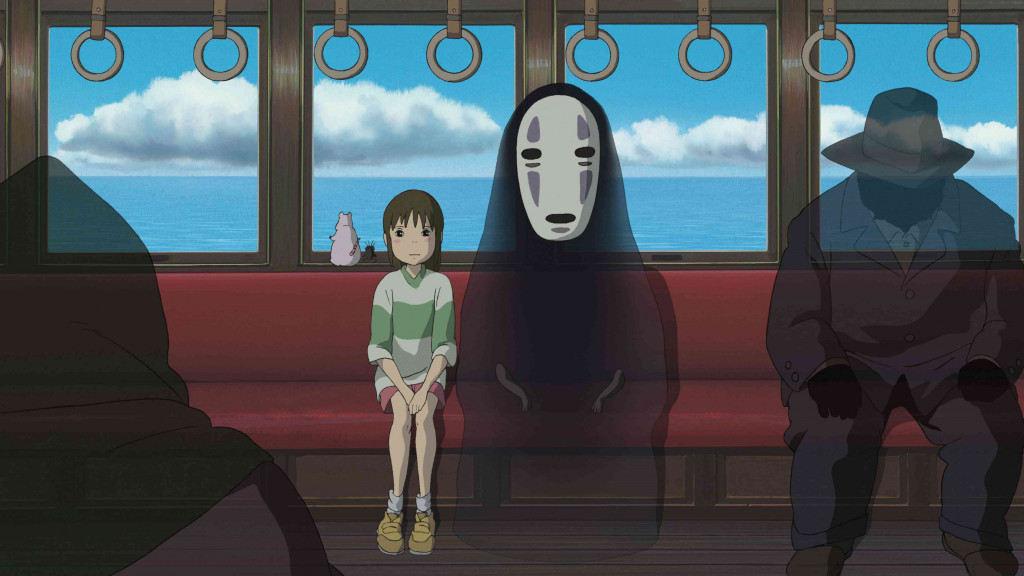
In 1996, Ghibli’s parent company, Tokuma Shoten, formed a partnership with Disney. The deal gave them exclusive distribution rights to their back catalogue as well as any upcoming work. As a result, several of their films have two english dubs, with the Disney ones being more accessible and featuring bigger names. These re-releases, as well as some small theatrical releases, helped Ghibli become well known in the west.
When it came time for the international release of Princess Mononoke, this partnership with Disney became a potential problem. While Kiki and Totoro were family friendly kid films, Monoke is not, with Harvey Weinstein wanting to make several cuts. Wary after the way Nausicaa was edited and dumbed down, Producer Suzuki sent Weinstein a sword in response. It released without any cuts, and an English translation written by Neil Gaiman.
Despite the issues with Weinstein, they did have a few fans at Disney, including Pixar’s John Lasseter. Lasseter was a big fan of Miyazaki since before his Ghibli days and worked as the Executive Producer on the English version of Spirited Away. Despite his involvement and its critical acclaim, it still did modestly on release. In Japan, however, it was the highest-grossing film ever, a record which held for 19 years. It also became the second film to win the Best Animated Film at the Oscars, ironically before a Disney film.
This relationship with Disney would continue, with them able to leverage known names for the dubs, such as Christian Bale and Billy Crystal for Howl’s Moving Castle. But the films performed modestly in theatres, either due to poor scheduling and limited releases, or the varying genres of their work. Arrietty is the biggest success in the US, with a gross of around $19 million. Factors like it being based on a British children’s book and the cast of then-current Disney Channel stars may have helped it.
Streaming and the Future
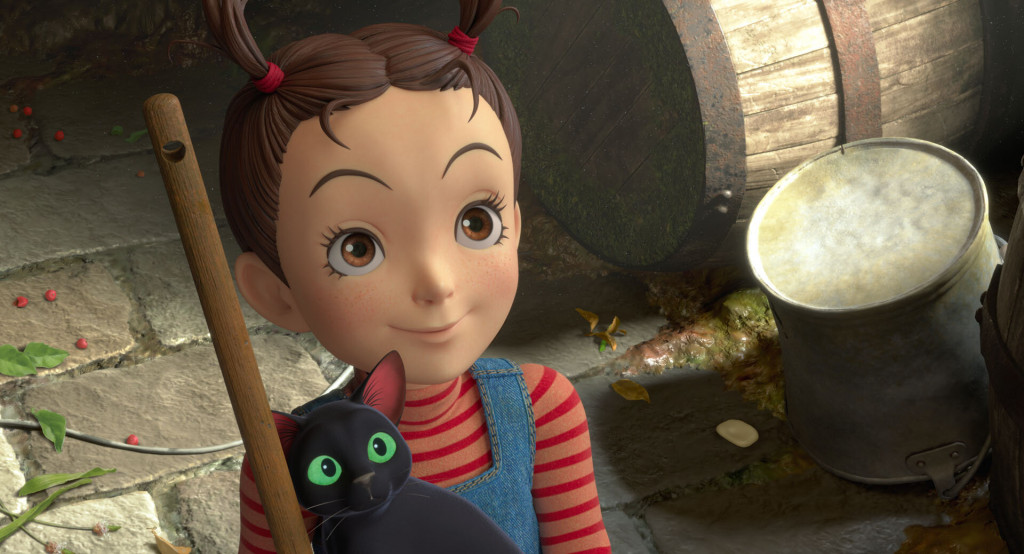
When the Disney deal expired, GKIDS acquired North American rights, while Disney dealt with the home video release. When it came to Up On Poppy Hill, which has some… not family-friendly themes (to mention would be a spoiler), GKIDS handled the distribution, as well as the more mature outings, before Disney let go of their rights in 2017.
Until 2019, Studio Ghibli was against their films being available on streaming platforms, with the belief that they were made for a theatrical experience. Suzuki changed his mind after seeing an interview with Woody Allen about how his films would find a new audience. In 2020 almost the entire catalogue was added to HBO Max and Netflix. The move seems in part to be the studio “changing with the times” while also funding Miyazaki’s next film How Do You Live? The film, which he came out of retirement to work on, is based on a 1937 story about a young boy who moves in with his uncle after the death of his father and undergoes a spiritual change. It is also said to be a return to traditional hand-drawn animation, after the mixed reception of the computer-animated Earwig and the Witch.
Studio Ghibli has been making films for almost 40 years, and although some of the original talent may eventually decide to truly retire, their films have a timeless quality to them that means they will be loved for generations to come.
Also Read: The History of Paramount Pictures



